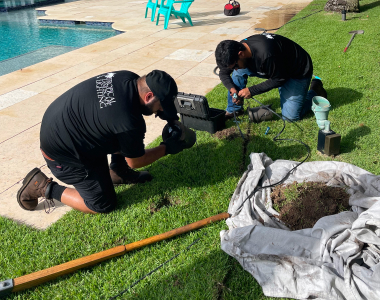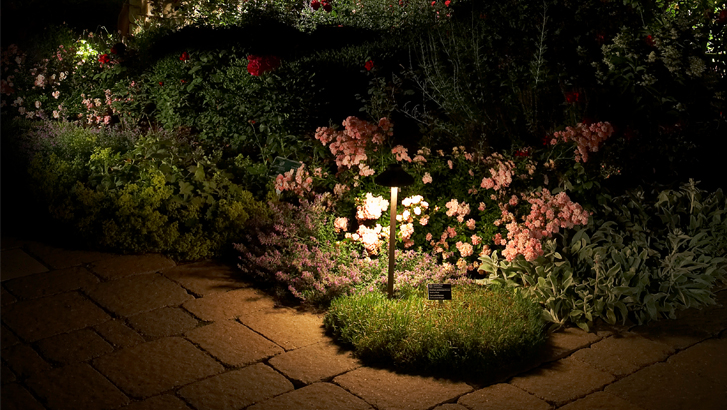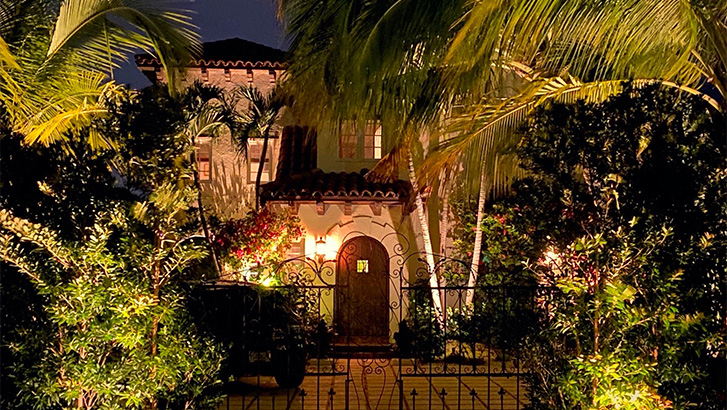CALL US : 561.806.8026
Call or Text 561.806.8026 for a free estimate today.
Palm Beach, FL
Understanding the homeowner's goals is crucial in designing an effective landscape lighting system. Common objectives include: Outdoor Lighting for Every Space Create beautiful outdoor living areas with landscape light fixtures, deck lights, and adjustable spotlights. Our team can install low voltage outdoor lighting systems for patios, walkways, and architectural features, which are perfect for cultivating a warm and inviting space for homeowners in Palm Beach. Low Voltage Transformers & Installation Our low voltage transformers and LED bulbs deliver energy efficiency, safety, and long-lasting performance for your lighting system. Each kit can include path lights, well lights, timers, and transformers for straightforward installation and reliable operation. LED Landscape Lighting Products Our lighting kits also come with durable fixtures, adjustable beam angles, and multiple color temperature settings for a custom lighting project. These options provide the best lighting for residential properties, bringing you bright, energy-efficient results with every installation. Creating a Well-Lit Outdoor Space From garden lights to hardscape accent lighting, we design outdoor lighting projects that transform patios, walkways, and decks into welcoming and functional spaces. We also prioritize the safety of your home and yard while still bringing you beauty and cost-efficiency with low voltage landscape lighting. Durability & Warranty We provide durable brass and copper fixtures backed by a manufacturer warranty. Every lighting product is built to withstand Florida’s climate while maintaining a timeless look and dependable performance for years to come.
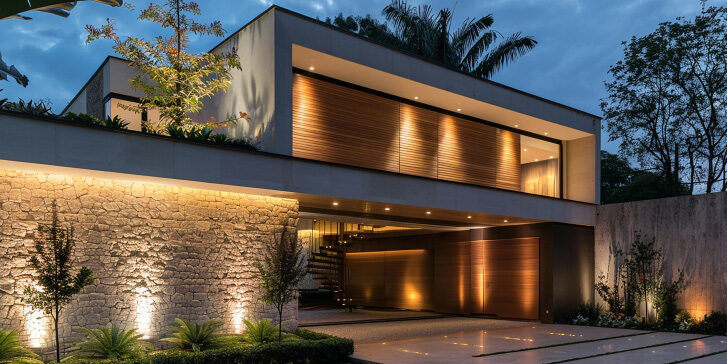
Residential Design
Purpose and goals Understanding the homeowner's goals is crucial in designing an effective landscape lighting system. Common objectives include: Highlighting Architectural Features: Emphasizing the unique aspects of a home's structure. Improving Safety and Security: Ensuring safe passage and deterring intruders by illuminating walkways, entry points, and dark areas. Creating Ambiance: Setting a mood and enhancing the atmosphere for outdoor living and entertainment. Extending Usability: Making outdoor spaces usable after dark by providing adequate lighting for activities. Types of Landscape Lighting Different types of outdoor lighting serve various purposes and can be used in combination for a balanced and comprehensive design: Pathway Lighting: Outdoor lights are placed along walkways to ensure safe passage and to highlight garden paths. These lights not only guide movement but also add an inviting glow to the pathways. Accent Lighting: Used to highlight specific features such as trees, plants, sculptures, or water features. Accent lights draw attention to the focal points of a landscape, enhancing visual interest. Flood Lighting: Broad-beamed lights that illuminate larger areas for security or dramatic effect. Flood lights can cover wide areas, providing both functional illumination and an element of drama to large landscapes. Downlighting: Landscape Lights are installed high up and directed downward to mimic natural light. This technique is effective for creating a moonlit effect and illuminating larger areas softly and naturally. Uplighting: Lights are placed low and directed upwards to create striking shadows and highlight architectural details. Uplighting is particularly effective for creating dramatic effects and emphasizing vertical elements like trees or statues. Landscape Lighting Techniques Several techniques can be employed to achieve the desired exterior lighting effects: Moonlighting: Installing lights high in trees to create a natural, moonlit effect. This technique bathes the landscape in a gentle, diffuse light, mimicking the glow of the moon. Grazing: Placing lights close to a surface to highlight its texture. Grazing brings out the details in stone walls, tree bark, or other textured surfaces, adding depth and interest. Shadowing: Creating interesting shadows by placing lights in front of objects. Shadowing can enhance the visual complexity of the landscape by projecting the shadows of trees, plants, or sculptures onto walls or the ground. Silhouetting: Placing lights behind an object to create a silhouette. This technique highlights the outline of objects, creating a stark contrast against a lit background and adding a dramatic flair to the landscape. Landscape Lighting Fixture Selection Choosing the right outdoor light fixtures is important for achieving the desired effect and ensuring durability. LED lighting is often preferred for its energy efficiency, longevity, and variety of color options. Fixtures should be weather-resistant and appropriate for outdoor use, ensuring they can withstand the elements and provide reliable performance. Zoning and Control Modern landscape lighting systems can be zoned and controlled to create different nightscape scenes. This allows for flexibility in adjusting the lighting for various activities and times of day. With zoning, homeowners can create customized lighting experiences for different parts of their property, enhancing both functionality and ambiance. Energy Efficiency…
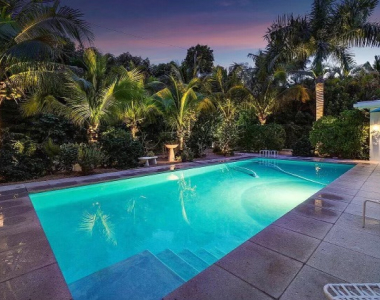
Commercial Design
Aesthetic Benefits of Landscape Lighting Hotels: Highlighting Architectural Features: Exterior lighting can accentuate the architectural beauty of a hotel, making it stand out and appear more luxurious. Spotlights and accent lights can be used to highlight unique structural elements. Creating a Welcoming Atmosphere: Illuminated pathways and entrances make guests feel welcomed and secure from the moment they arrive. Soft, ambient LED lighting in outdoor common areas like pools and gardens can create a relaxing and inviting atmosphere. Restaurants: Enhancing Outdoor Dining Areas: Well-designed nightscape lighting can transform outdoor dining spaces into cozy, attractive environments that encourage patrons to dine al fresco. String lights, lanterns, and well-placed spotlights can create a warm and intimate dining experience. Attracting Customers: Attractive landscape lighting can draw attention to the restaurant from the street, making it more visible and appealing to potential customers. Apartments and HOA Entrances: Improving Curb Appeal: Landscape lighting can significantly enhance the curb appeal of apartment complexes and HOA entrances. Well-lit pathways, gardens, and entrances create a visually appealing environment that can attract potential residents. Creating a Community Atmosphere: Outdoor lighting can be used to highlight community features such as clubhouses, pools, and recreational areas, fostering a sense of community and belonging among residents. Security Benefits of Landscape Lighting Deterring Intruders: Illuminating Dark Areas: Properly placed outdoor light fixtures around the perimeter of a property can deter potential intruders by eliminating dark areas where they could hide. Enhancing Visibility: Bright lights at entrances and along pathways increase visibility, making it more difficult for unauthorized individuals to approach unnoticed. Increasing Safety: Preventing Accidents: Well-lit pathways, stairs, and entrances help prevent accidents and injuries by ensuring that residents and visitors can see where they are going. This is especially important in communal areas where people are walking at night. Providing Peace of Mind: A well-lit environment makes residents and visitors feel safer and more secure, which can be a significant factor in their overall satisfaction with the property. The Business Case for Landscape Lighting Standing Out from Competitors: Creating a Unique Identity: Expertly designed landscape lighting can help a business or residential complex stand out from others in the area. A unique and attractive nightscape design can create a memorable impression on guests and potential residents. Elevating Brand Image: For businesses, a well-lit exterior can elevate the brand image, conveying a sense of professionalism, attention to detail, and quality. Enhancing Functionality: Extending Usability of Outdoor Spaces: Effective landscape lighting allows outdoor spaces to be used after dark, extending their functionality. For hotels and restaurants, this means being able to offer outdoor dining, events, and relaxation areas in the evening. Facilitating Navigation: Clear, well-lit signage and pathways make it easier for guests and residents to navigate the property, enhancing their overall experience. Maximizing Investment: Increasing Property Value: Attractive and functional landscape lighting can increase the overall value of a property by enhancing its aesthetic appeal and security. This makes it a worthwhile investment for any business or residential complex. Reducing Liability: By preventing accidents…
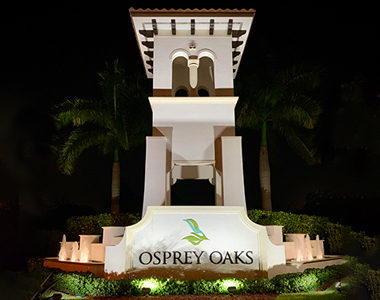
Lighting Installation
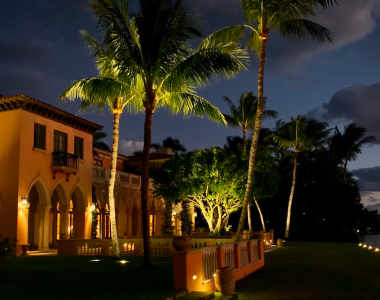
System Maintenance
Safety and Security Prevent Accidents: Regular maintenance of a landscape lighting system helps to ensure that pathways, stairs, and other areas are well-lit, reducing the risk of trips and falls. Deterrence of Intruders: Properly maintained outdoor lighting acts as a deterrent to potential intruders by eliminating dark spots around the property, thereby enhancing security. Aesthetic Appeal Consistent Illumination: Maintenance ensures that all LED lights are functioning correctly, providing a uniform and visually pleasing illumination of the landscape. Highlighting Features: Well-maintained landscape lighting effectively highlights key landscape features such as trees, shrubs, sculptures, and architectural elements, enhancing the overall aesthetic appeal. Energy Efficiency Optimal Performance: Regularly checking and cleaning LED lights ensures they are working efficiently, which can reduce energy consumption. Upgrading Technology: Maintenance provides an opportunity to upgrade to more energy-efficient lighting solutions, such as LED lights, which have a longer lifespan and lower energy use. Cost Savings Preventing Major Repairs: Routine maintenance of landscape lighting can identify and address minor issues before they turn into major problems, saving on costly repairs. Extending Lifespan: Proper care and maintenance extend the lifespan of the exterior lighting fixtures and systems, protecting the investment made in the landscape lighting. Environmental Impact Reducing Light Pollution: Ensuring that outdoor light fixtures are correctly positioned and shielded can minimize light pollution, which is beneficial for the environment and local wildlife. Energy Conservation: Efficient landscape lighting and timely maintenance reduce unnecessary energy usage, contributing to a lower environmental footprint. Functionality Consistent Operation: Regular checks ensure that timers, sensors, and other control systems are functioning correctly, providing reliable and consistent landscape lighting when needed. Adapting to Changes: As the landscape evolves, maintenance allows for adjustments to the nightscape setup to accommodate growth and changes in the garden or outdoor space. Property Value Curb Appeal: Well-maintained landscape lighting enhances the curb appeal of a property, potentially increasing its market value. First Impressions: Quality outdoor lighting creates a positive first impression for visitors and potential buyers, showcasing the property in the best possible light. In summary, regular maintenance of landscape lighting is essential for safety, security, aesthetic appeal, energy efficiency, cost savings, environmental impact, functionality, and property value. It ensures that the landscape lighting system continues to perform optimally and enhances the overall experience of the outdoor space.
